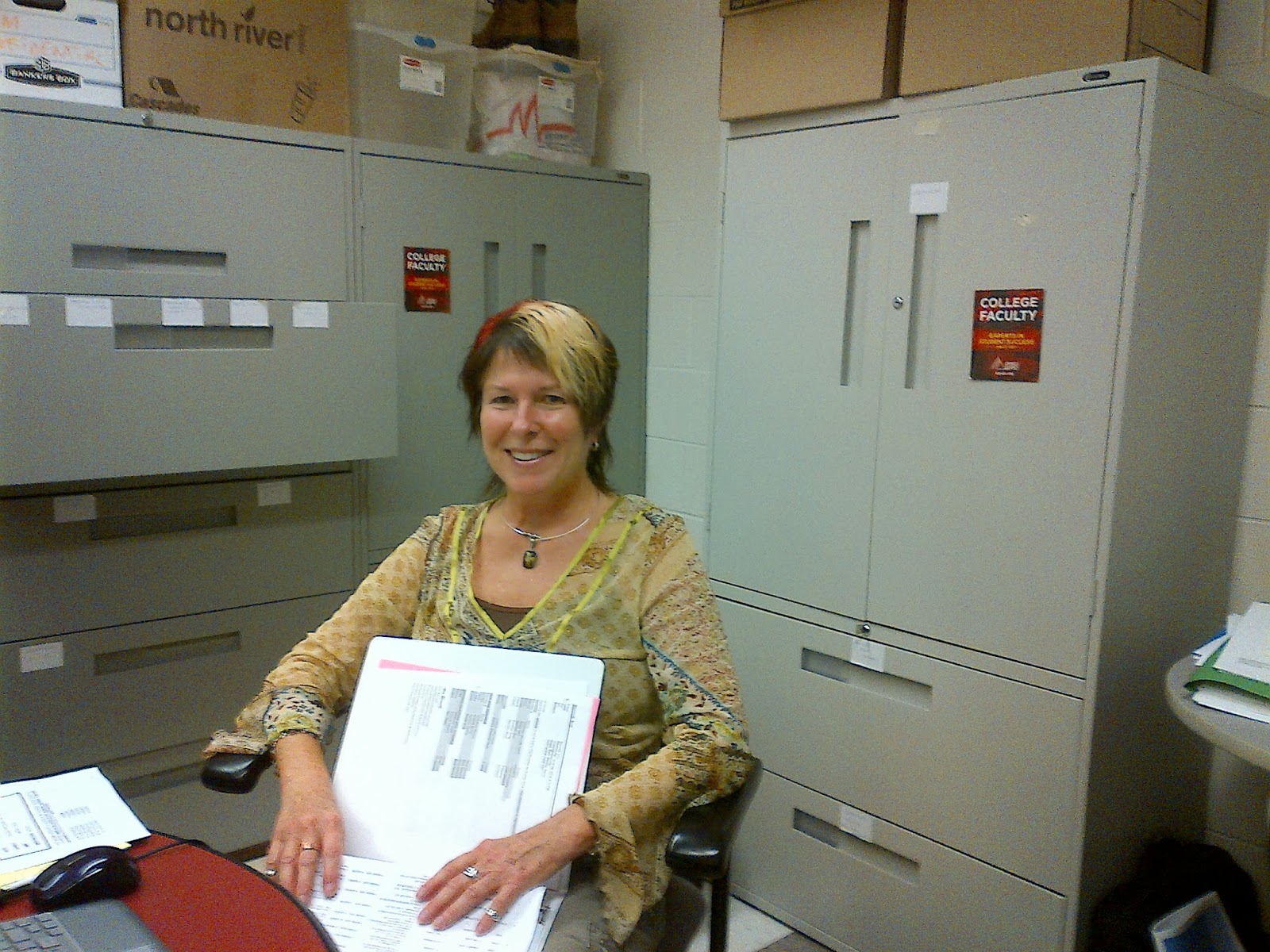For this entry I welcome a guest writer who, as a part-time college professor, brings a very important perspective. In the coming months, along with further reports on my visits to Ontario colleges, there will be other contributions from guest authors, with the intention of presenting several different views on college education today...
I am an Ontario college professor. I have been teaching in
the college system for over 20 years. I have a post-graduate degree and good
standing in my profession. But, I am a precarious worker.
For the entire time that I have worked as a college teacher,
I have been on a part-time contract. I am in the part-time category called,
Partial-Load, which means that I am, very luckily, part of the faculty
union. But, I still do not have
the most basic protection, job security.
What does this mean? My teaching contract lasts one term
only. So, when I start teaching in September I never know if I will still have
a job in January. If I am teaching in the spring term, I never know if I will
have a job the following September.
If I raise a complaint of any kind about my working
conditions, about harassment, or if I get on the wrong side of my boss: the
dean or associate dean; I risk not getting another contract--without any
explanation.
This is why I am must write anonymously. I do not have a voice in my workplace.
The surprising fact is that I am now in the majority. 70% of
faculty in my college are precarious contract workers. I share this situation
not only with the faculty, but also with support workers in the colleges, many
who are also part-time, precarious workers.
The number of students accepted in our colleges is rising
steadily, a 53% increase in the last decade. During the same period, the number of full-time faculty
with full job protection has actually decreased by 22%. The colleges are hiring
more precarious workers instead of creating good, stable jobs. Why? We have
been told, in this age of austerity, that it is a lack of money.
My college currently has a surplus of over $225 million. Money is clearly not the
problem. And clearly the political will is not
there to create good jobs.
Ontario college faculty and support workers are both
entering the next round of bargaining with our employer, the College Council.
In the last round of bargaining my union was able to win a
small gain on the issue of job security. Partial-Load faculty who have worked
more than two years experience who are not rehired to teach the courses they
previous taught can fight this through the union grievance process. This is a
small but significant step.
This round of bargaining college faculty and support workers
will need to stand together to continue fight for better jobs and to maintain
quality education.



























